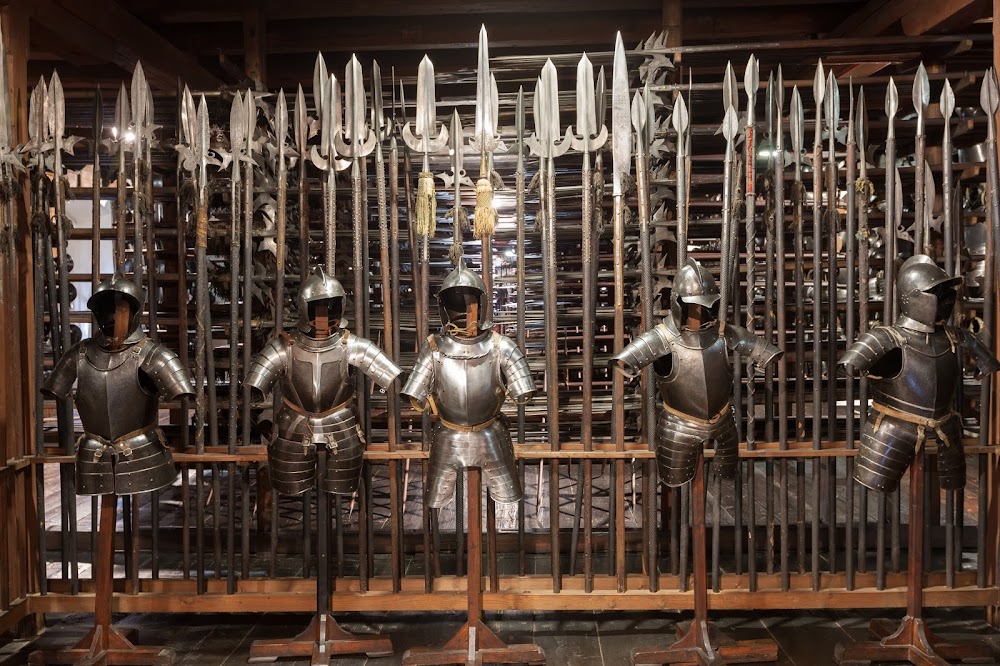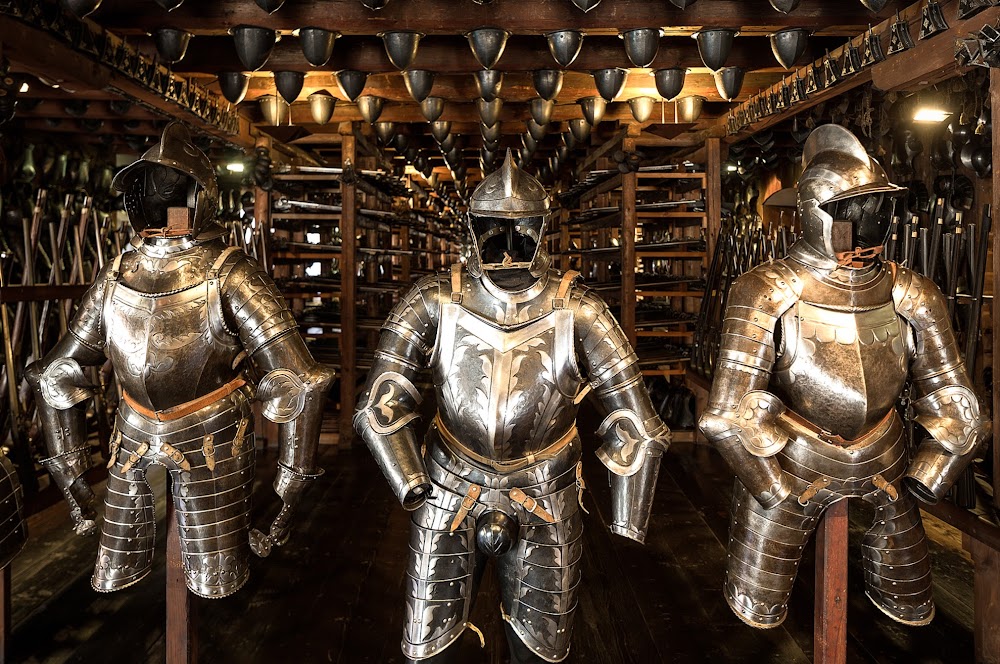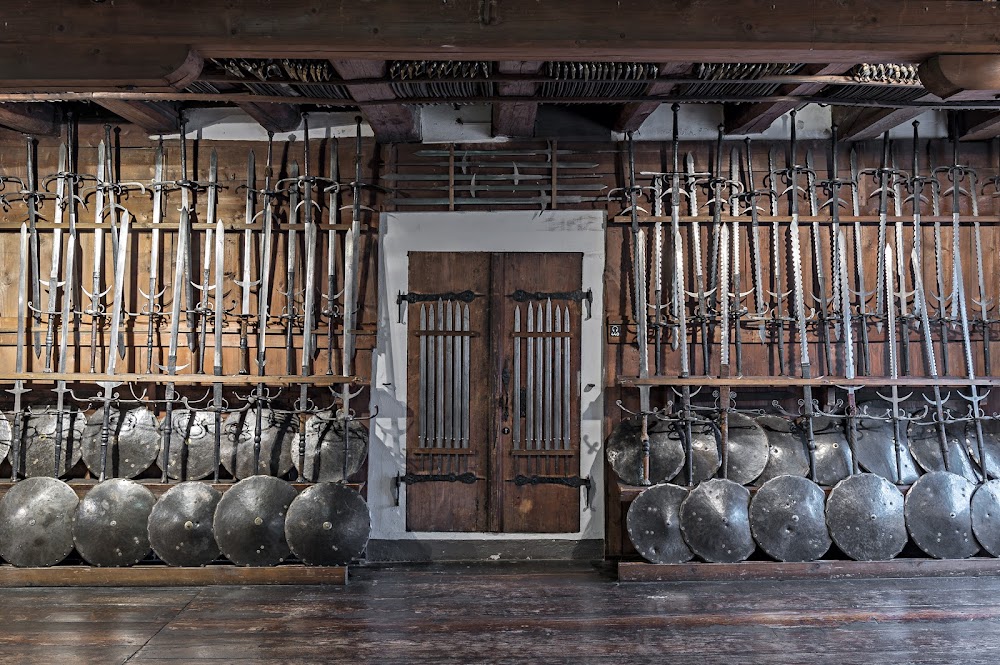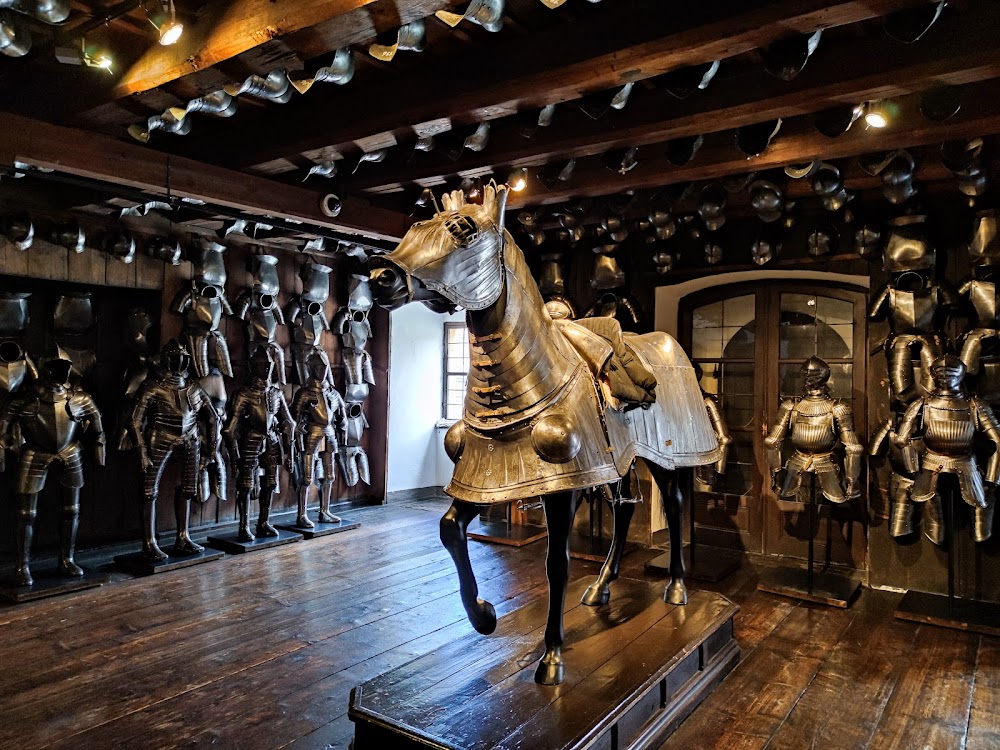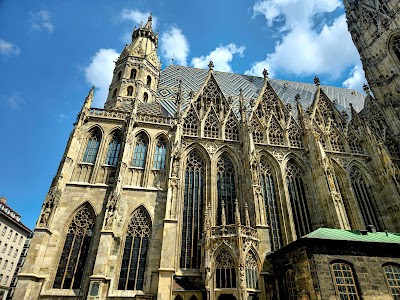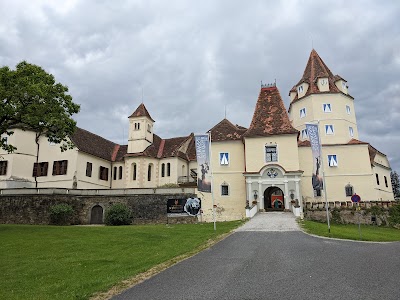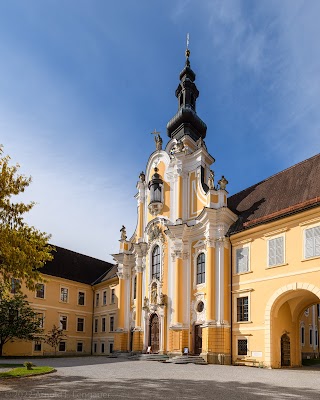Styrian Armoury (Landeszeughaus)
Overview
The Landeszeughaus, or the Styrian Armoury, is a captivating monument to medieval and early modern military history in Styria, Austria. Nestled in the vibrant heart of Graz, this unique museum draws history buffs and curious travelers from around the globe, showcasing an extraordinary collection of arms and armor that reflect the region's rich heritage.
The origins of the Landeszeughaus trace back to the tumultuous 17th century when the threat of Ottoman invasions loomed large over Austria. In response to these challenges, Archduke Ferdinand II of Austria commissioned the construction of the armoury between 1642 and 1645. Under the skilled direction of renowned architect Antonio Solar, the structure was designed to marry functionality with baroque elegance, resulting in a formidable building that served its military purpose well.
Crafted primarily from durable stone and wood, the armoury boasts thick walls and strategically placed small windows, providing security for its invaluable contents. Inside, the layout maximizes storage efficiency across four floors, supported by massive wooden beams. Each level brims with racks and shelving, neatly organizing a vast array of weapons and armor for easy access.
This impressive arsenal played a vital role in regional defense, housing weaponry and armor for a staggering 32,000 soldiers. This level of preparedness was crucial for rapid mobilization during conflicts, ensuring that troops could be equipped with pikes, swords, shields, muskets, and suits of armor at a moment's notice, ready to face any threat head-on.
Over the centuries, the collection within the Landeszeughaus expanded significantly, incorporating artifacts from various European conflicts. Among its treasures are exquisite suits of armor for both men and horses, intricate Italian and German maces, and early forms of firearms. Each piece not only showcases the craftsmanship of its era but also embodies the technological progress of military equipment.
Despite the evolution of military technology and strategy, the Landeszeughaus has remained largely untouched, preserving its 17th-century character throughout history's upheavals. It weathered the Napoleonic Wars, both World Wars, and numerous political changes without suffering significant damage.
In the 19th century, the armoury underwent a transformation from a functional military depot to a historical museum, driven by a burgeoning interest in preserving its legacy. This shift was gradual, focused on conserving its extensive collection and making it accessible to the public.
Today, the Landeszeughaus proudly holds the title of the world's largest historical armoury, boasting over 32,000 items of weaponry. Visitors can wander through the same grand halls that were once bustling with soldiers, gaining invaluable insight into the military history and craftsmanship of a bygone era. Guided tours enrich the experience, offering fascinating stories and context behind many of the displayed artifacts, bringing history to life for contemporary audiences.
Thanks to ongoing preservation efforts, the Landeszeughaus serves as a living connection to Styria's past. It stands not only as a reminder of historical conflicts but also as a tribute to the artistry and ingenuity of historical weapon-makers, showcasing the delicate balance between beauty and functionality in military design.
In summary, the Landeszeughaus is more than a mere museum; it is a powerful testament to Styria's resilience and rich military heritage. As a bridge between past and present, it invites every visitor to step back in time and experience the grandeur of history firsthand, making it a must-visit destination for anyone intrigued by the tales of yesteryear.


